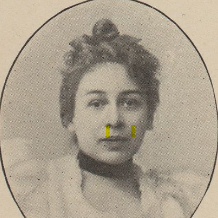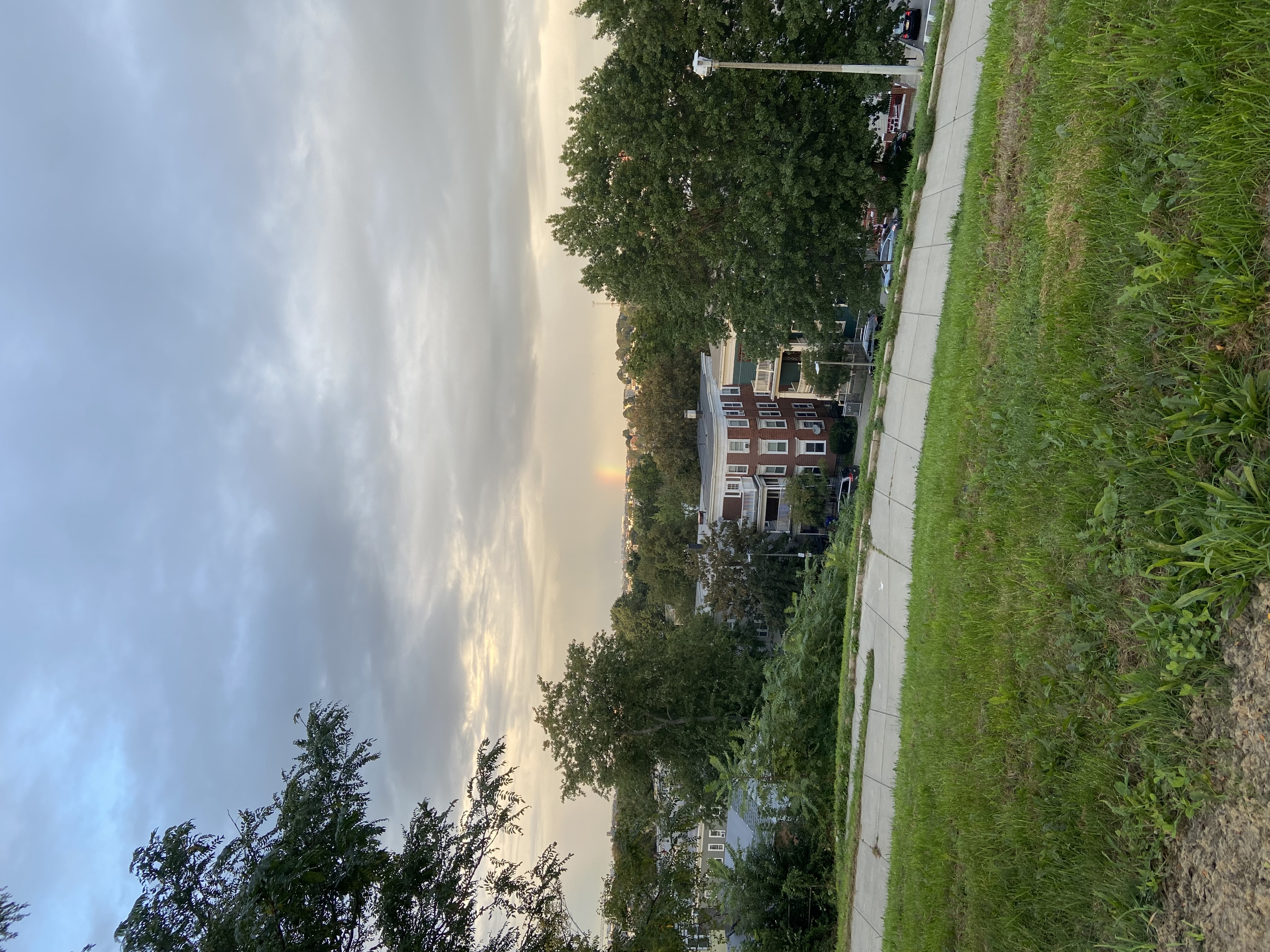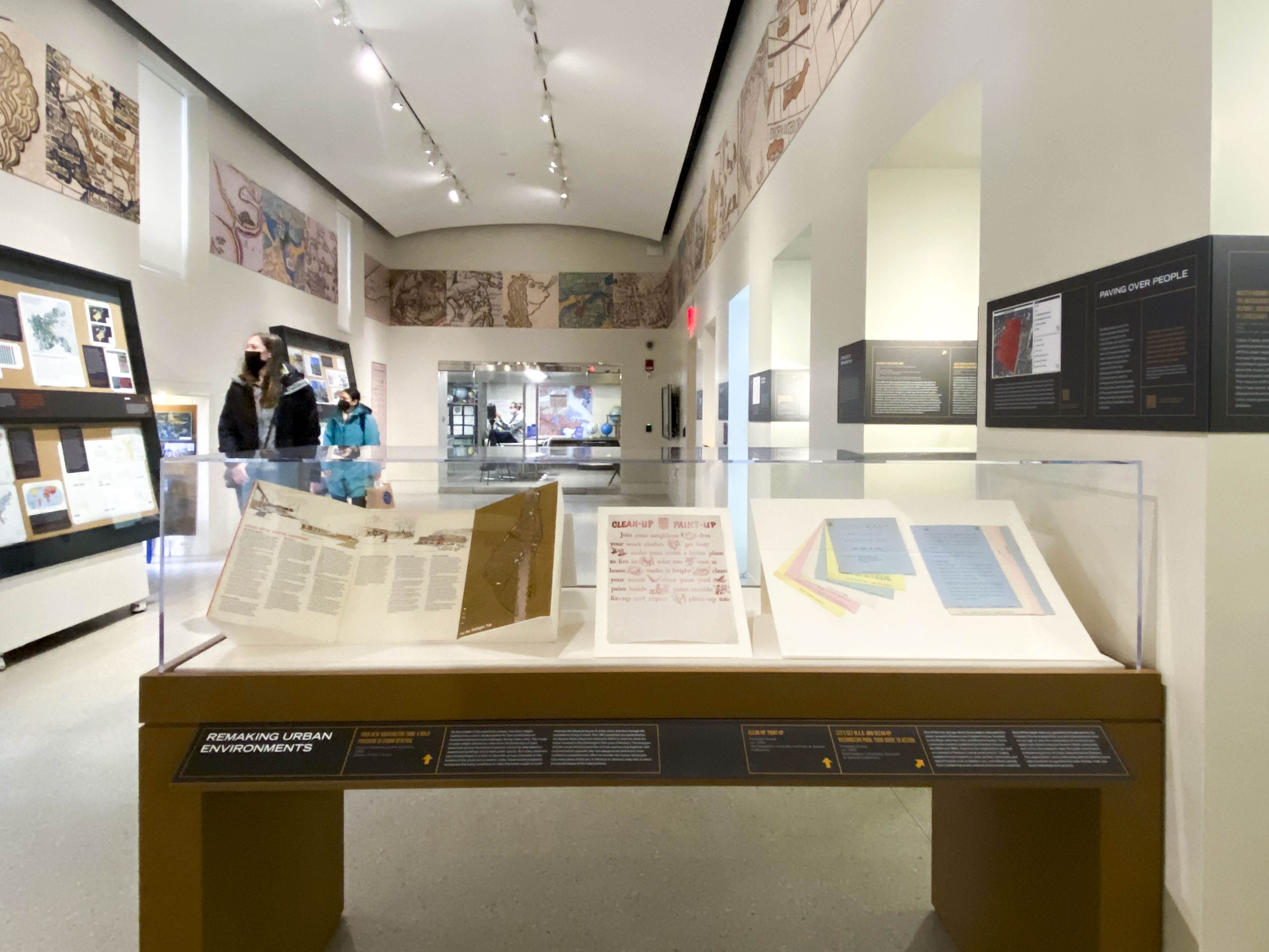Of course growing up is timeless, but in the growing industrial city, great effort was devoted by adults to make sure it stayed that way. Many ideas were formulated to bring children into public culture. This promotion of childhood meant more kids’ space in a top-down view of the city.
This long tract of land bordering the Boston and Providence railroad struggled to find its identity before it became a playground designated for children. But even after Columbus Avenue Playground was built, the atlases suggest that this urban space took some time to grow into the outdoor site of creativity and youth we often associate with the contemporary playground.
COLUMBUS AVE: PLAYGROUND HAS ARRIVED
In 1898, the site lay next to rail lines, and the atlas records a semicircular roundhouse. This building enclosed a turntable, which allowed trains to reverse direction. The plate shows a Boston Base Ball Grounds diamond, and narrow parcels of property above it. On the corner of Camden and Columbus Avenue, land leased by Elevated Train shows how transportation networks connected this area of Lower Roxbury.
Detail of Atlas of the city of Boston, Boston proper, plate 30
G.W. Bromley & Co.
1898
Leventhal Map & Education Center

At the beginning of the twentieth century, Boston became the center of a movement to stimulate children’s learning by installing spaces of structured play around the city. The playground movement grew out of experiments with interactive pedagogies as well as public sanitary programs that materialized during the Civil War. Playground leaders deposited sand piles at key locations near city schools. Sand piles don’t show up on the atlases, but by 1902, the Bromley does show dedicated play space along Columbus Avenue.
Atlas of the city of Boston, Boston proper and Back Bay, plate 30
G.W. Bromley & Co.
1902
Leventhal Map & Education Center

Are the children playing? The use of playgrounds for exercise reflected early priorities among proponents of recreational culture. Play encouraged the development of robust health and physical strength, according to doctors and child psychologists of the time.
Columbus Ave. playground. Gymnasium and boys exercising
[ca. 1905]
Boston Public Library Arts Department

A confident playground leaps off the 1938 Bromley plate. Some of the railroads have moved away, while other buildings have replaced the baseball grounds, and the playground now dominates this tract of land.
Atlas of the city of Boston, Boston proper and Back Bay, plate 30
G.W. Bromley & Co.
1938
Leventhal Map & Education Center

There is no question that the children are enjoying themselves in these photographs. The landscape of locker houses and neighborhood buildings frames their joyful, triumphant faces.
Two unidentified boys play in Columbus Park
Winifred Irish Hall
[1935-1945]
Northeastern University Libraries
Florida's Story
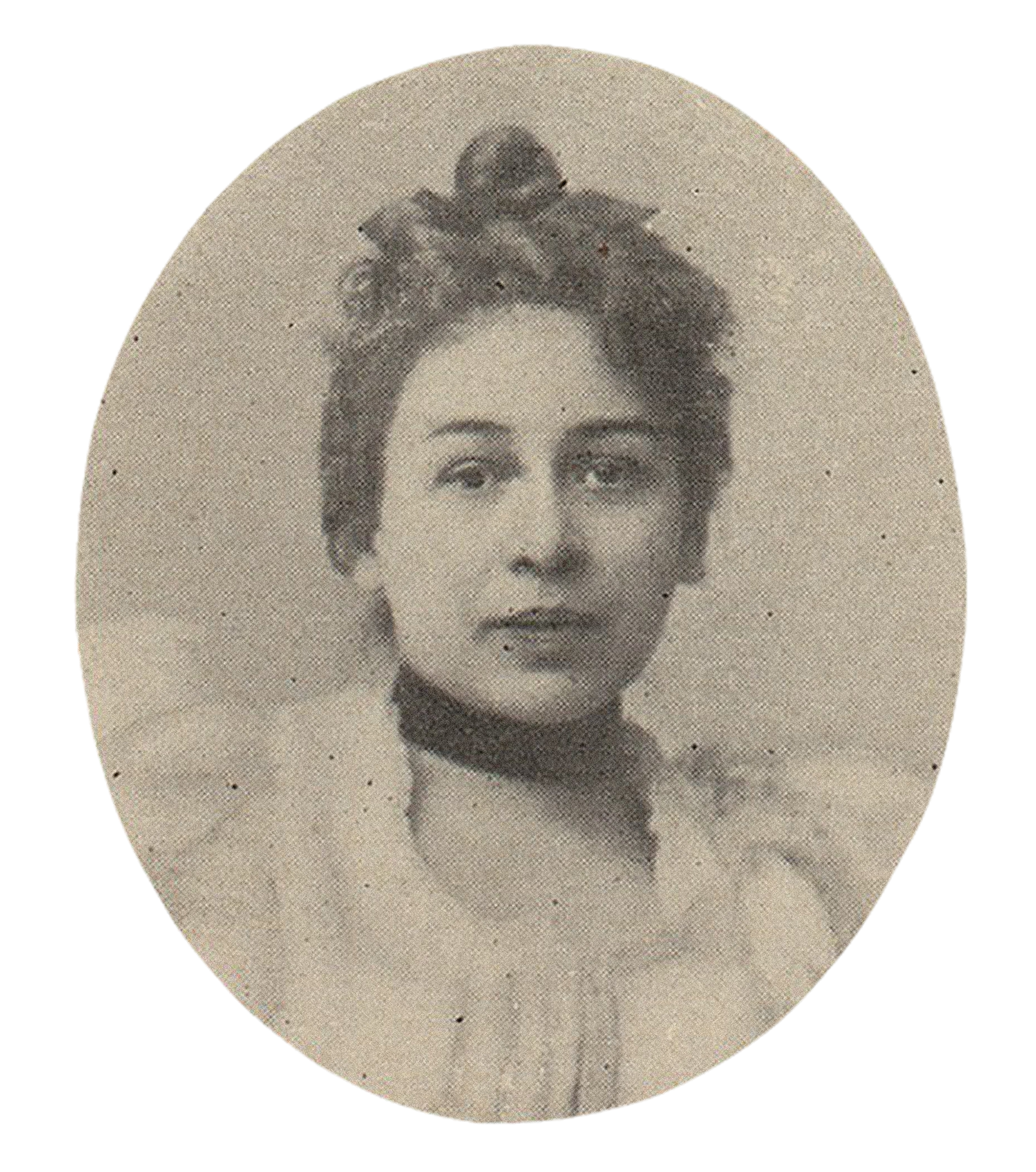
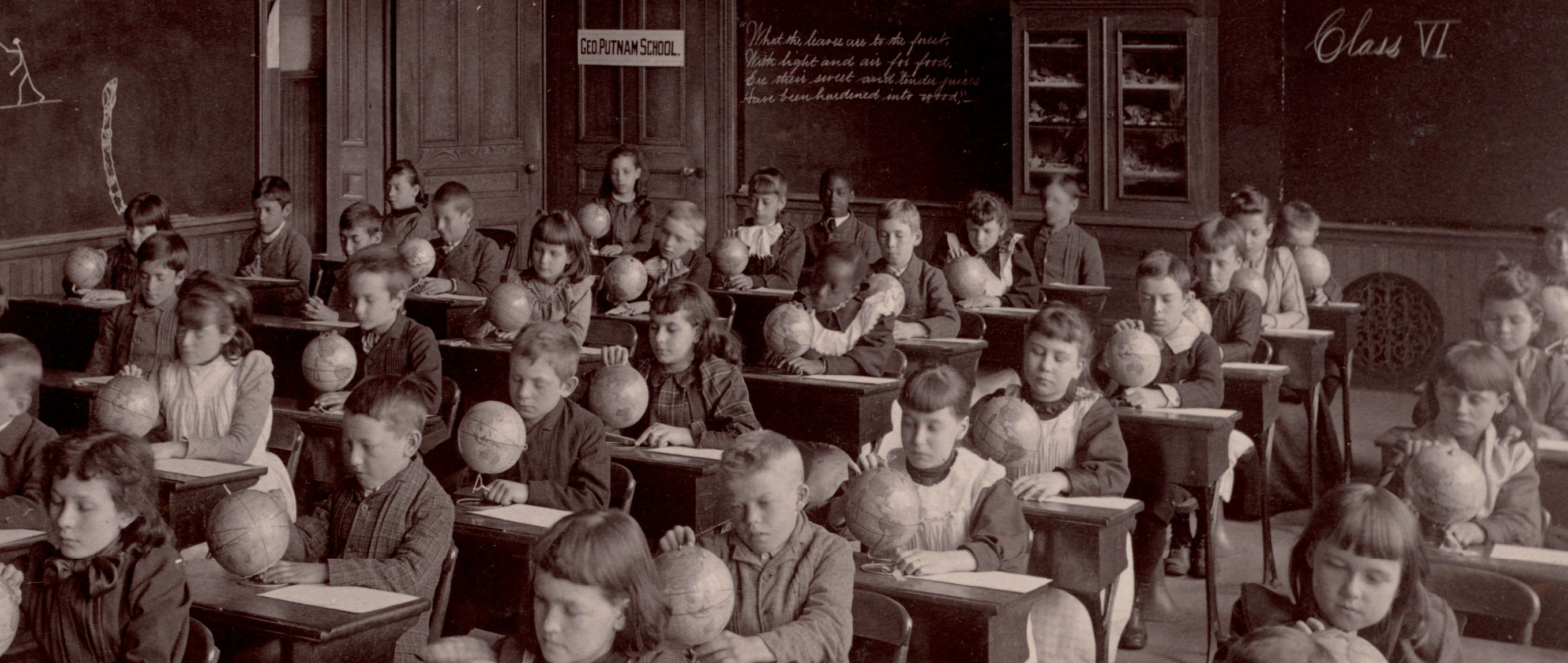
Florida grew up on the North side of Boston’s Beacon Hill. Her parents were financially well-to-do and highly educated, and so her early years were not representative of the normal experience for most Black children in the city. She attended the (Grant School) near her home, the same school where she would teach after receiving her credentials from the Boston Teachers College as a young woman. Though Boston schools were integrated, there were very few Black students in attendance.
WHAT CHALLENGES FACE YOUNG PEOPLE TODAY? HOW ARE YOUNG PEOPLE DEALING WITH THEM?
After her own children were grown and out of the house, Florida began to write short stories. In 1926 she wrote about two thirteen-year-old boys, one Black (Arthur) and one white (Morton). In the course of the story, Arthur’s mother notes how in Boston’s integrated schools, students make interracial friendships, and the two boys seem to be close friends. But then the boys get into a physical fight, and Arthur’s mother learns about the reason for their dispute by eavesdropping on a conversation held by the boys’ friends outside her window:

“…what’d they fight about?” “Well,” with deliberation, “Mort attacked Art’s good name, I’d fight for my good name, wouldn’t you—Mort tried to talk out of it but all the fellas were on Art’s side!”*
“Sure, I’d fight for my good name—did he call him a liar?”
“Worse than that, he went to the guild and he had to report his good deed, and he said he had been ‘elevating a little colored boy!’”
Arthur’s mother considers the situation a few days later:
…What had been [Morton’s] reaction from the fight? In his relations with Arthur, how much had he been influenced by adults? What were the parents’ reactions? Were they possibly those of the rebuffed missionaries who only feel pity that the heathen do not know what is good for them? As for my little son—I never discussed the matter with him. I felt he had shown himself wiser than I. With instinctive wisdom, he had sensed a situation to which I was blind, and had met that situation adequately.
—Florida Ruffin Ridley, in Opportunity 3, January 1926


